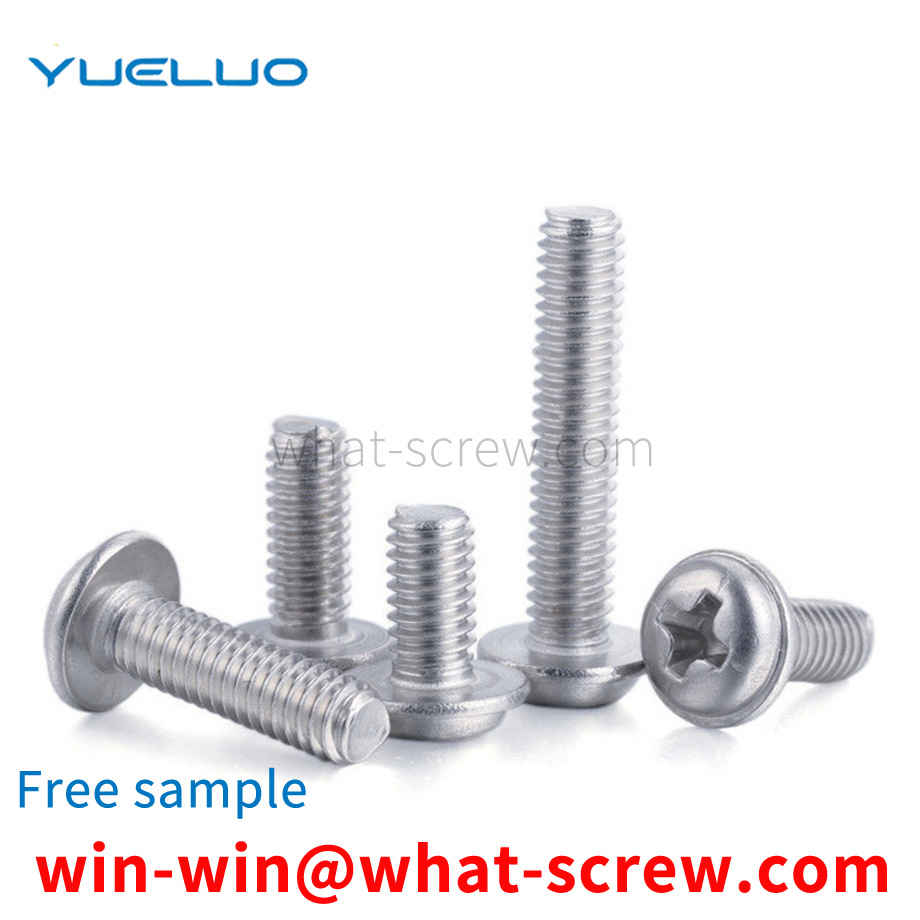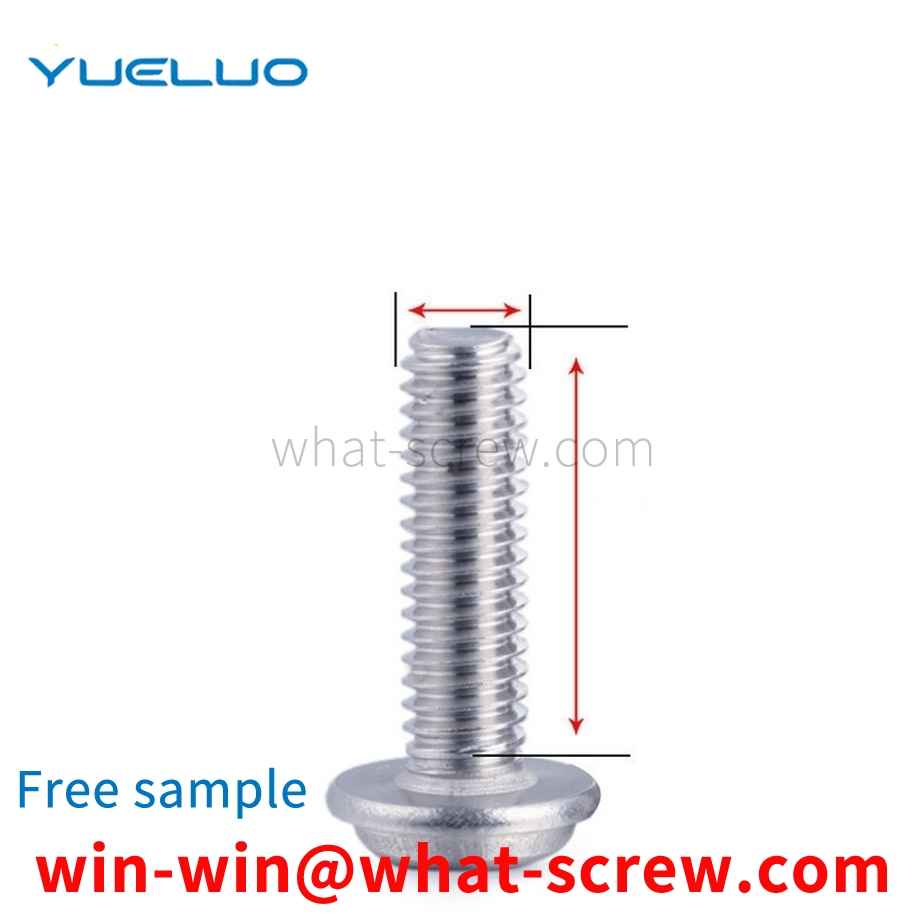At present, in the standard cabinets of computers, networks, automation, etc., to fix the equipment in the cabinet, it needs to be fixed by using fasteners. The nuts in the existing fasteners are ordinary nuts, which are internal card structures. , there are the following shortcomings: 1. The installation and disassembly are complicated, and a large amount of force is required to insert the nut during installation and disassembly, and the nut cannot be installed and disassembled at all due to the processing error of each nut; 2. After the nut is used for a long time, the nut The card edge will have slack problem, which will affect the use; 3. Installation or disassembly is easy to cause problems such as falling, which may cause electrical short circuit, etc., and there are potential safety hazards; 4. The efficiency of equipment installation is low.
Hot rolled wire rod before plating process - (cold drawing) - spheroidizing (softening) annealing - mechanical dephosphorization - pickling - cold drawing - cold forging - threading - heat treatment - inspection
According to the force of the connection, it is divided into ordinary and hinged holes. According to the shape of the head: there are hexagonal head, round head, square head, countersunk head and so on. Among them, the hexagonal head is the most commonly used. Generally, countersunk heads are used where connections are required. The English name of the riding bolt is U-bolt. It is a non-standard part. The shape is U-shaped, so it is also called a U-bolt. There are threads on both ends that can be combined with nuts. It is mainly used to fix tubular objects such as water pipes or sheets such as automobile plates. Springs are called riding bolts because of the way they fix things like a person rides a horse. According to the length of the thread, it is divided into two categories: full thread and non-full thread. According to the thread type, it is divided into two types: coarse thread and fine thread. The coarse thread type is not displayed in the bolt mark. The bolts are divided into eight grades: 3.6, 4.8, 5.6, 6.8, 8.8, 9.8, 10.9, and 12.9 according to their performance grades. Among them, the bolts above grade 8.8 (including grade 8.8) are made of low-carbon alloy steel or medium-carbon steel and are heat-treated (quenched). + Tempering), commonly known as high-strength bolts, and below grade 8.8 (excluding 8.8) are commonly known as ordinary bolts. Ordinary bolts can be divided into three grades: A, B, and C according to the production accuracy. Grades A and B are refined bolts, and grade C is rough bolts. For connecting bolts for steel structures, unless otherwise specified, they are generally ordinary rough grade C bolts. There are differences in the processing methods of different grades. Usually the corresponding processing methods are as follows: ① The bolts of grade A and B bolts are processed by lathes, with smooth surfaces and accurate dimensions. High, rarely used; ②C-grade bolts are made of unmachined round steel, the size is not accurate enough, and its material property grade is 4.6 or 4.8. The deformation is large during shear connection, but the installation is convenient and the production cost is low. It is mostly used for tensile connection or temporary fixation during installation.
Fasteners include: bolts, studs, screws, nuts, washers, pins. Locking or seizure often occurs on fasteners of stainless steel, aluminum alloy and titanium alloy materials. These metal alloys themselves have anti-corrosion properties. When the surface is damaged, a thin oxide layer will be formed on the metal surface to prevent further rust. When the stainless steel fastener is locked, the pressure and heat generated between the teeth will destroy the oxide layer, causing blockage or shearing between the metal threads, and then the phenomenon of adhesion occurs. When this phenomenon persists, the stainless steel fasteners will be completely locked and can no longer be removed or continued to lock. Usually this series of blocking_shear_adhesion_locking takes place in just a few seconds, so the correct understanding of the use of this type of fasteners can prevent this phenomenon.
GBT 3098.19-2004 blind rivets in my country are divided into: GB/T12615 closed oblate head blind rivets; GB/T12616 closed countersunk head blind rivets; GB/T 12617 open type countersunk head blind rivets; T 12618 Open-type oblate head blind rivets; the international standard is DIN7337; there are 1990 versions and 2004. The 2006 version is mainly the 2006 version.
We have many years of experience in the production and sales of screws, nuts, flat washers, etc. The main products are: galvanized national standard lifting ring nuts, 4 inch hand tighten nuts, slotted round nuts, extended U-bolts and other products, we can provide you with The right fastener solution for you.



















 Service Hotline
Service Hotline




